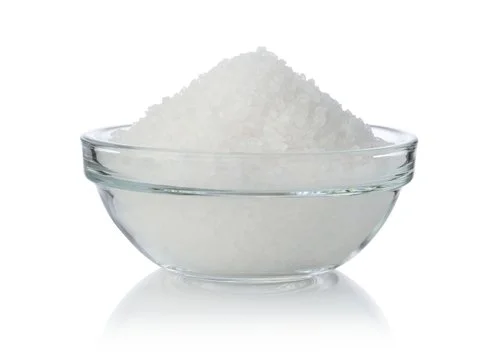Salt
Most of us eat too much salt. Too much salt can raise blood pressure which increases the risk of other health problems. By reducing your salt intake, it is possible to reduce your blood pressure.
Adults should eat no more than 6g salt a day (one rounded teaspoon).
Salt is chemically called sodium chloride. Some food labels only give the figure for sodium. Top tip: to convert sodium to salt, multiply the sodium by 2.5 to give you the grams of salt.
What we need to think about – up to 75% of our daily salt intake is already in the foods we consume! So, if we add even more salt on the plate or while cooking, it is so easy to massively exceed this number.
The following foods can be high in salt:
Salty meats and processed meat products such as ham, bacon, sausages, pate, salami.
Canned, packet and instant soups.
Ketchup, soy sauce, mayonnaise, pickles and other sauces and condiments.
Stock cubes, gravy powder and other salted flavourings.
Savoury canned food.
Smoked meat and fish, anchovies.
Meat and yeast extracts (e.g. Marmite).
Salted snacks like crisps, salted nuts, salted biscuits, salted popcorn.
High salt ready meals, sauces, and takeaway meals.
Pasta sauce from a jar.
Bought sandwiches.
Cheese.
How can I reduce my salt intake?
Try not to add salt at the table – taste the food first.
Other herbs and spices can be used to flavour food.
Cut down on salty processed foods and ready meals and try cooking your own.
Check out food labels for salt and go for lower salt choices.
Ask in restaurants and take-aways for no salt.
Sea salt or pink Himalayan salt or other fancy salts are no better for your health.
Bread and breakfast cereals are an important part of a healthy diet, but some contain salt - compare labels when you are shopping and choose the ones lower in salt.

